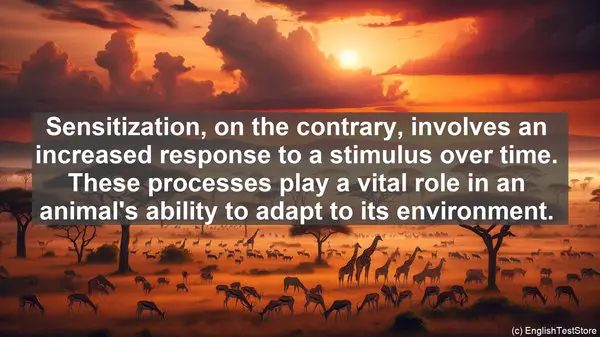Introduction to Ethology
Today, we dive into the fascinating world of ethology, the study of animal behavior. As with any field, there are words that often cause confusion. Let’s explore the top 10 commonly confused words in ethology.

1. Innate vs. Learned
One of the fundamental distinctions in ethology is between innate and learned behaviors. Innate behaviors are those that an animal is born with, while learned behaviors are acquired through experience or observation. Understanding this difference is crucial to comprehending animal behavior.
2. Altruism vs. Selfishness
Altruism and selfishness are two contrasting behaviors often observed in animals. Altruism refers to actions that benefit others at the expense of oneself, while selfishness involves actions primarily driven by self-interest. These behaviors can have significant implications for social dynamics within animal groups.
3. Migration vs. Dispersal
Migration and dispersal are terms frequently used when discussing animal movements. Migration typically refers to regular, seasonal movements of animals between different habitats, often over long distances. Dispersal, on the other hand, refers to the one-time movement of individuals away from their birthplace. Both serve distinct purposes in animal life cycles.
4. Habituation vs. Sensitization
Habituation and sensitization are two forms of learning in animals. Habituation occurs when an animal becomes accustomed to a repeated stimulus and gradually reduces its response. Sensitization, on the contrary, involves an increased response to a stimulus over time. These processes play a vital role in an animal’s ability to adapt to its environment.
5. Dominance vs. Submission
In social animal groups, dominance and submission are essential for maintaining order. Dominance refers to the higher-ranking status of an individual, often associated with privileges and control. Submission, on the other hand, involves yielding to a higher-ranking individual. The balance between these behaviors is crucial for group cohesion.
6. Aggression vs. Territoriality
Aggression and territoriality are behaviors commonly observed in animals. Aggression involves hostile actions, often in response to a threat or competition. Territoriality, on the other hand, refers to the defense of a specific area against intruders. Both behaviors serve to protect vital resources.
7. Courtship vs. Mating
Courtship and mating are stages in the reproductive process of animals. Courtship involves a series of behaviors and displays aimed at attracting a mate. Mating, on the other hand, refers to the actual act of reproduction. Understanding the intricacies of courtship rituals is crucial for species survival.
8. Eusociality vs. Solitary
Eusociality and solitary behavior represent two extremes in animal social structures. Eusocial species, such as ants or bees, live in highly organized colonies with specialized roles. Solitary animals, on the contrary, lead independent lives. The contrast between these behaviors highlights the diversity of animal societies.
9. Foraging vs. Predation
Foraging and predation are two essential aspects of an animal’s feeding behavior. Foraging involves the search and collection of food resources, often in a non-predatory manner. Predation, on the other hand, refers to the act of hunting and killing prey. Both behaviors are vital for an animal’s survival.

10. Communication vs. Signaling
Communication and signaling are integral to animal interactions. Communication encompasses a broader range of behaviors, including vocalizations, body language, and chemical signals. Signaling, on the other hand, refers to specific actions or displays aimed at conveying a particular message. Both are crucial for social cohesion and information exchange.
